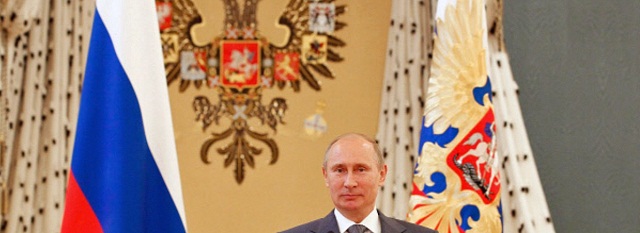How did an ethnically diverse country such as Russia become a battlefield between “us”, Slavic looking people, and “them”, all others, but specifically people from the Caucasus and Central Asia? What is the reason for the citizens of one country to turn against one other? How come non-Slavic looking people, in particular people from the Caucasus, are blamed for “starting all wars” (citation is taken from v kontakte social network)?
It all began in the 1990s. Shortly after the collapse of the Soviet Union, Russian society was fragmented and the hostility was not yet evident. Furthermore, young Russian people were open to modernization and were looking forward to liberal modifications of the country including tolerance towards other ethnicities.
Even when the Chechen War started in 1994, Russians had different perceptions of the situation: some blamed the Russian government for instigating the war and losing “the young sons of Russia”, while others believed that the war had its positive effects and needed to be led to an end, precisely after Wahhabists, the Islamic fundamentalists operating in the Caucasus, joined the Chechens in the aftermath of the first Chechen War. However, even at that time people’s tolerance still prevailed and conflicts involving people of different ethnicities arose only from personal misunderstandings rather than from ethnic backgrounds.
The situation changed at the end of the 1990s and beginning of 2000s, when foreigners became subjects of constant attacks and prejudice.
In 1999, Vladimir Putin, who had just attained power in the Kremlin, decided to promote himself as a strong leader and to win public support in the upcoming presidential election in 2000. Due to the obvious lack of unity and patriotism among the Russian population, Putin sought to create a new unified Russian society. The second Chechen War played into his hands, as it brought not only unification of the Russians but also a change in the perception of non-Slavic looking people.
This increasingly negative perception, in particular of the Caucasians, grew even more after the nationalist Chechen movement was joined by the Islamic fundamentalists. Wahhabists who initially came to help their “Muslim brothers” in the struggle against Russian “colonizers” started calling for an establishment of the Islamic State based on the Sharia law in the North Caucasus region, rather than for the independence of Chechnya. Wahhabists, armed with material and moral support from some terrorist organizations in the Arab countries, and accompanied by a small radical group of people of Caucasian nationality rather than pure Chechen Islamic terrorists, committed terrorist attacks on the territory of Russia. Islamic fundamentalists were responsible for organizing a number of outrageous terrorist attacks, specifically hostage taking in the theater Nord-Ost on October 23, 2002, and in Beslan school on September 1, 2004.
In the aftermath of the terrorist attacks, Russian citizens became cautious about national identity and appearances of the people on the streets, particularly in large cities such as Moscow. It was during this period that radical Russian national groups became more dangerous and active toward, first, Caucasians, and, afterwards, Asians and Africans.
However, the change of attitude toward non-Slavic looking people was also a result of the Russian government’s anti-terrorism policy and, in particular, public rhetoric by the Russian political officials, including President Putin.
* Read more here.






Be the first to comment on "Russians in Putin’s Russia"